Real estate under heritage preservation as a special capital investment
A historically listed property is an exceptional investment not just because of its history. As a result of the special regulations in taxation law, historically listed property is primarily of interest for professional investors. A listed object is a property that has a cultural and historic importance. Therefore, the building has such relevance that it may not be destroyed and may not have considerable alterations made to it. Additionally, the owner must guarantee that the building structure will be retained. The cultural monument could be an individual house or alternatively, entire roads could be under heritage preservation. The properties are identified by a monument preservation plaque and are also sometimes offered for sale.
Heritage preserved properties in German metropolises
In Germany, there are around one million buildings that have been classified as being worthy of preservation by the historic monument preservation association. Many of these are located in major cities and are used for a variety of different purposes. Some of the most well-known buildings are the Cologne Cathedral, the Prinzregentenpalast palace in Munich or the Brandenburger Tor gate in Berlin, which are however of no relevance as a capital investment. Private investors can however invest in heritage listed residential buildings and also in commercial properties. The properties that are offered are frequently owner-occupied apartments in building complexes that have been completely redeveloped and are, as a result of their special character, very popular with tenants. In the capital city, some of the largest projects are the Hufeisensiedlung “Horseshoe Estate” in Berlin-Britz or the Lentze-Siedlung estate in Charlottenburg. Additionally, historically preserved factory buildings are offered that can be rebuilt into modern loft apartments.
Investing capital in historic buildings
There is a special fascination that emanates from making capital investments in historically protected properties. The properties provide a high level of security as an investment, the expected yields turn out to be rewarding and the aspect of the increase in value is also persuasive. The decisive criteria are those which should be of fundamental interest for every property. Historically preserved properties are mostly situated in prime locations and are characterised by their exclusive architecture. Furthermore, great effort is taken to ensure that the structure of the building is preserved and the properties are of a very high quality as a result of the comprehensive maintenance work. These features all represent the quality criteria that ultimately affect the value of the property. As the owner of such a property, who is letting the apartments and commercial units for tax saving purposes, you should also however weigh up the regulations of the historic monument protection association. Construction measures cannot be carried out to the same extent as with normal properties. Conflicts of interest can arise as a result as the authorities frequently do not have the same goals as the investor. Furthermore, the energy requirements in older buildings are not always desirable, as the historic preservation regulations forbid the retrofitting of heat insulation or the installation of new windows. The tax advantages of historically protected properties should however be considered to be a definite plus.
Profit as an investor from advantageous write-downs
To be able to take advantage of the high level of write-downs for historically preserved properties for tax optimisation purposes, your property can either be let out or you can use the property yourself. In law, upon being let, up to nine percent of the costs for building projects in historic buildings may be written off in the year of production and in the following seven years. Subsequently, for the next four years, there is an increased deduction of seven percent. As a result, when carrying out the purchase, you will be receiving a considerable tax advantage which should not remain unconsidered when selecting a capital investment. With the write-downs, you will be reducing your personal tax burden on the income for a total of twelve years. If using the building yourself, the write-down rate is somewhat lower at nine percent for ten years so that up to 90 percent of the restoration costs will be taken into account for taxation purposes. Alongside the specific write-downs for heritage protected properties, the normal levels for the existing buildings can also be used. Furthermore, there are higher write-downs for properties that are located in urban development zones or redevelopment areas. With this guideline, investors who are working with and helping the interested parties of the city and who can use their capital to provide support for the planned urban development should be encouraged.

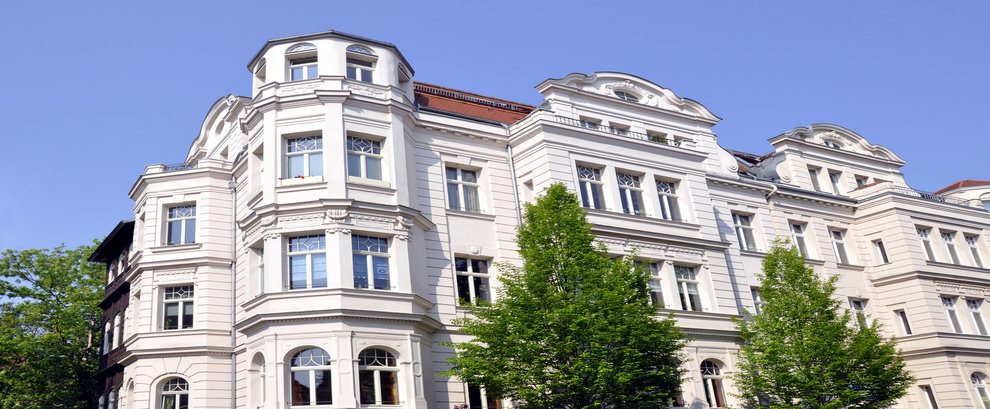
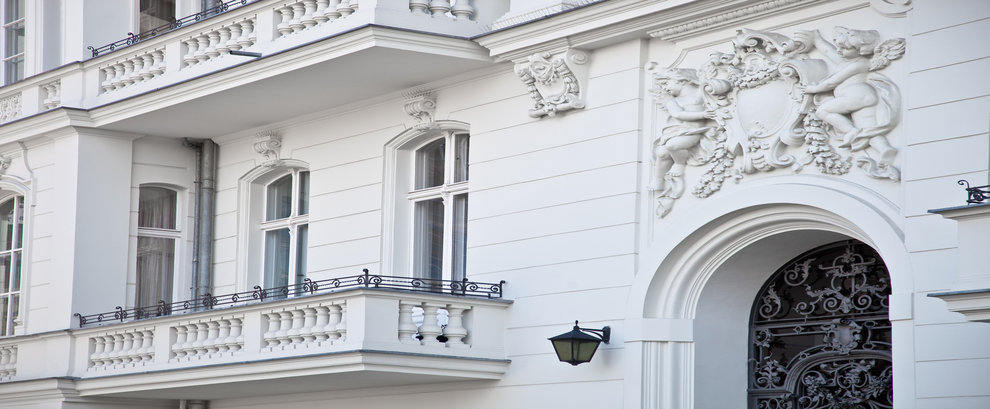
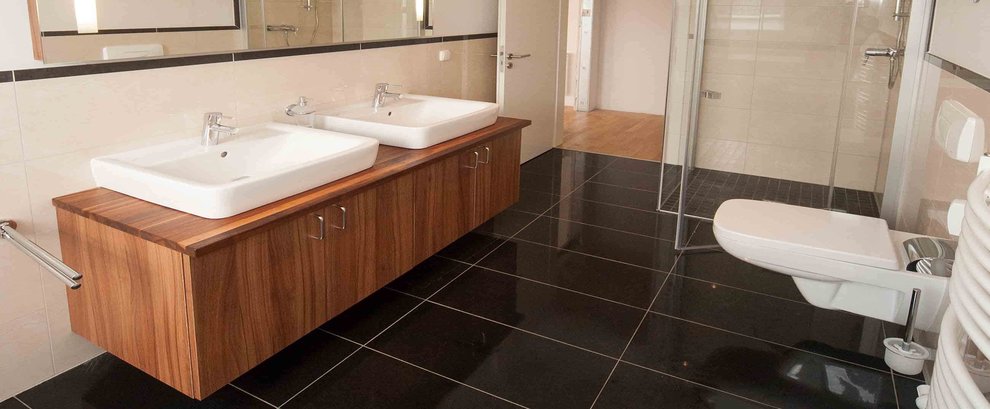
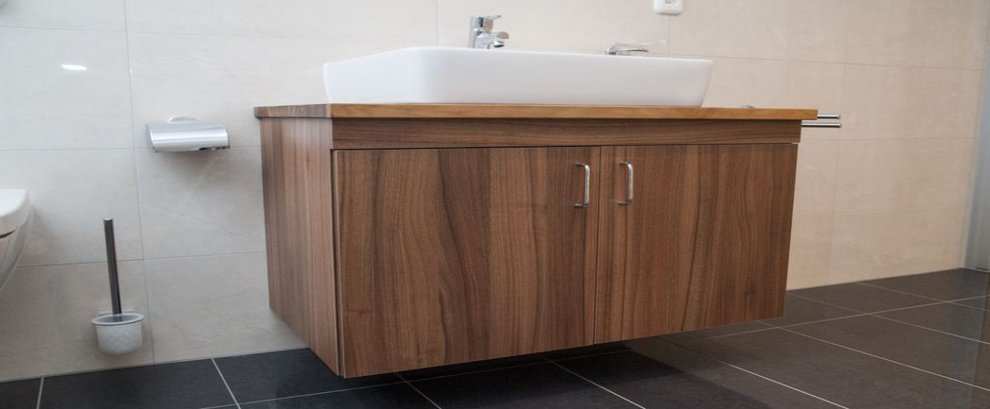
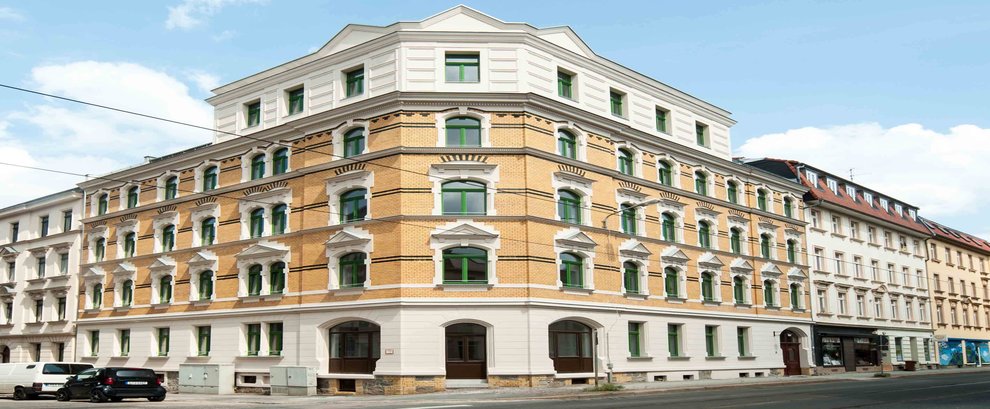
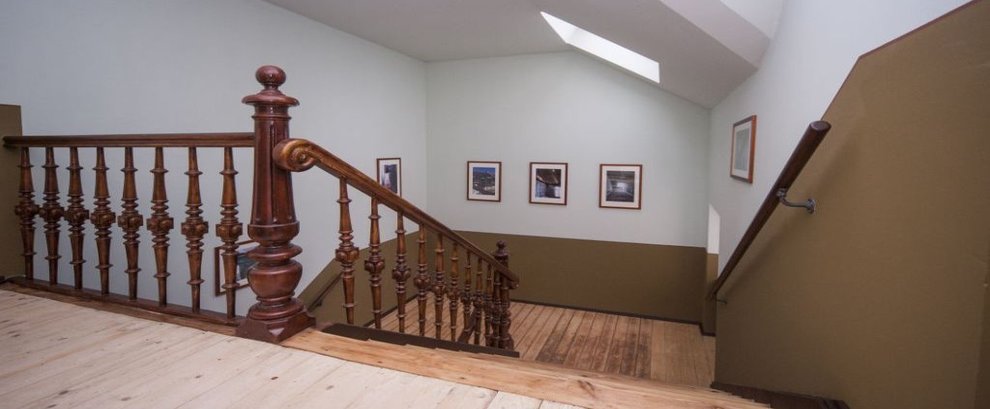
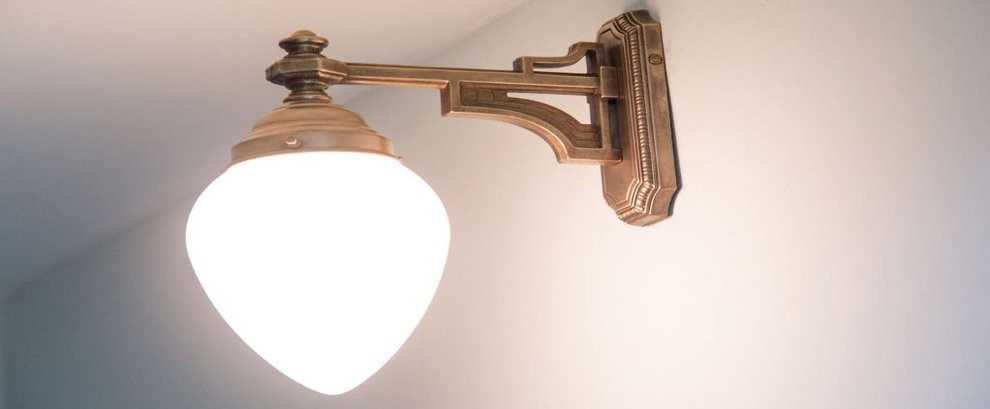
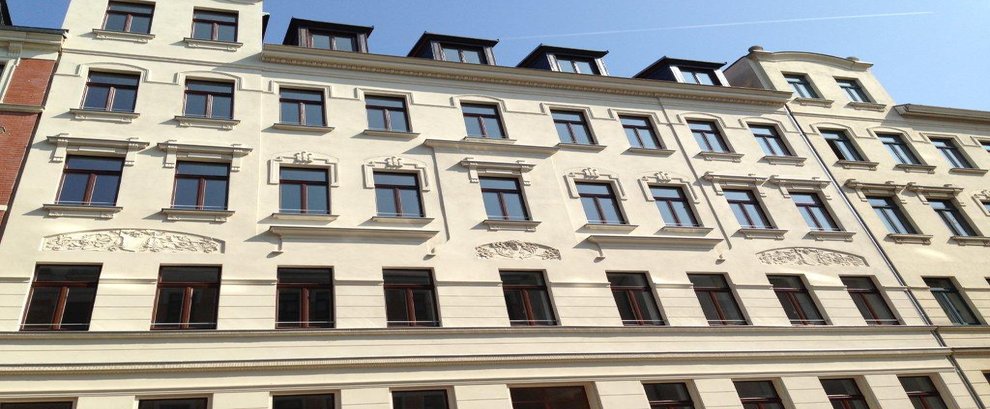
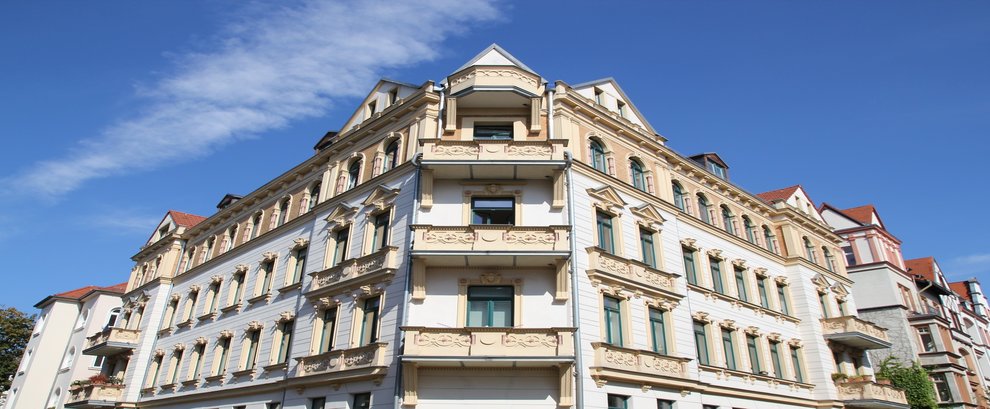


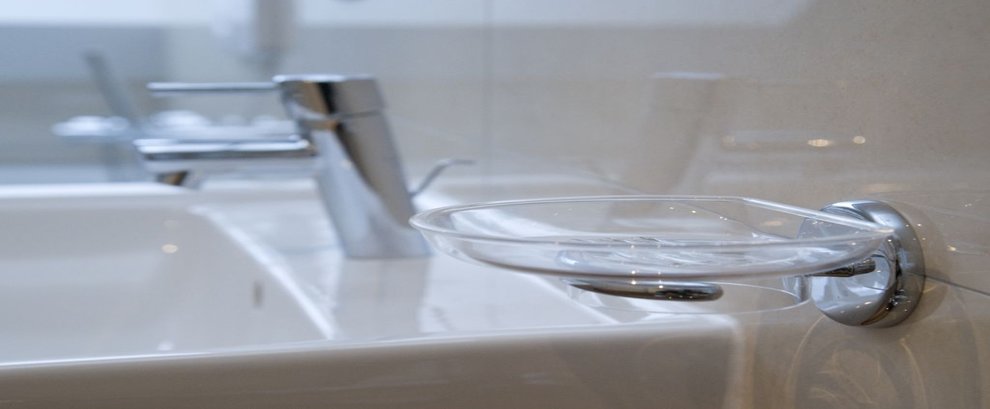
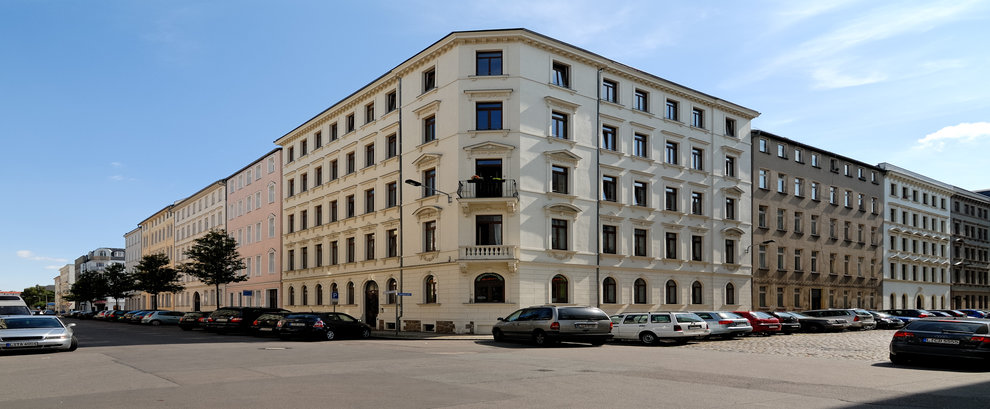
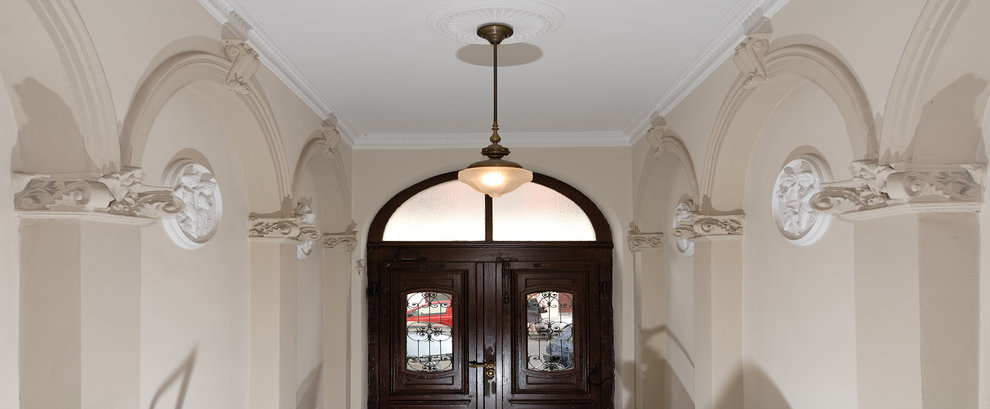
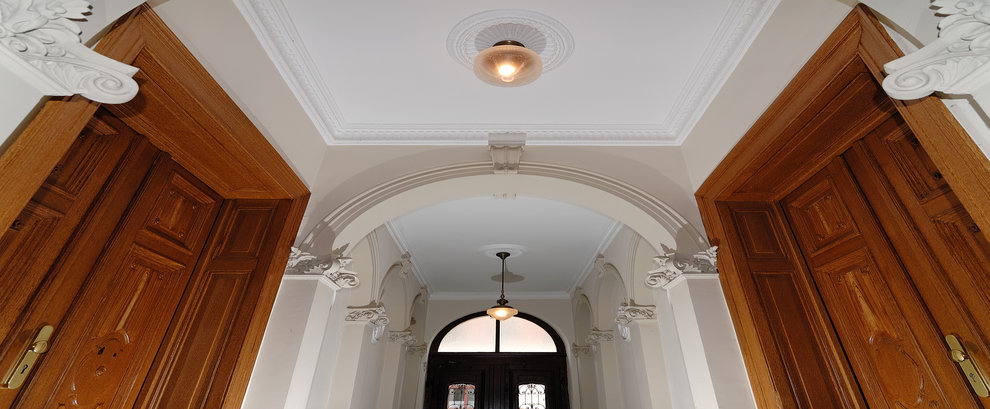

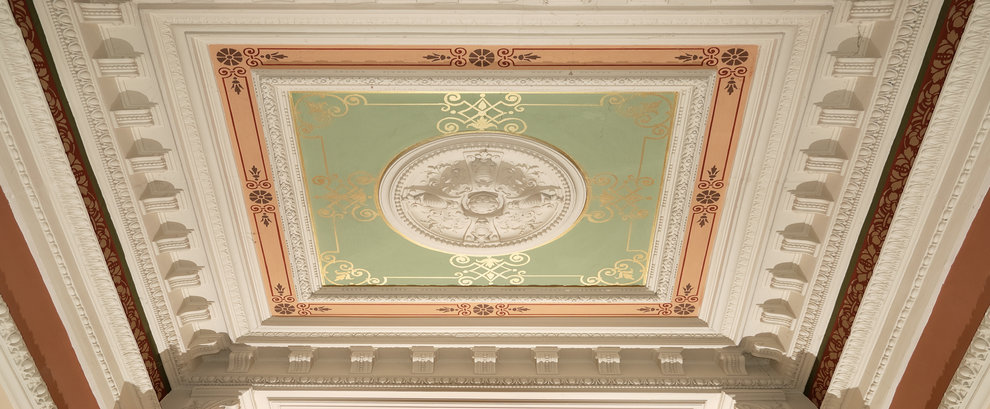

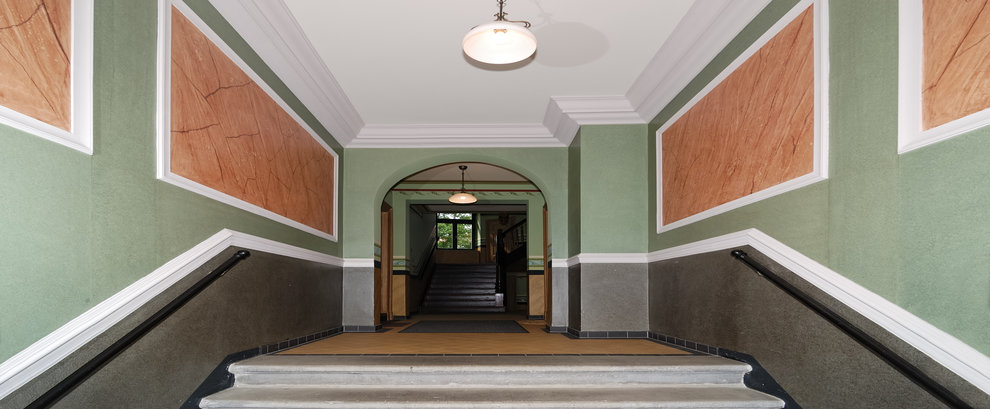
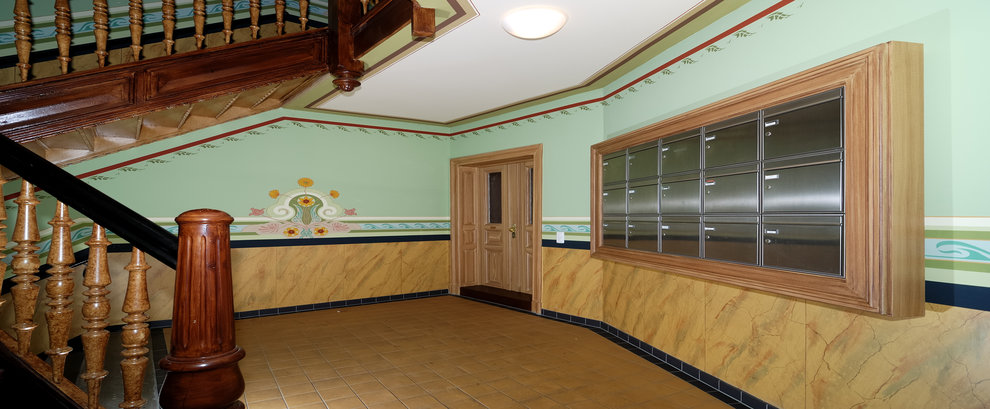
Leave a reply